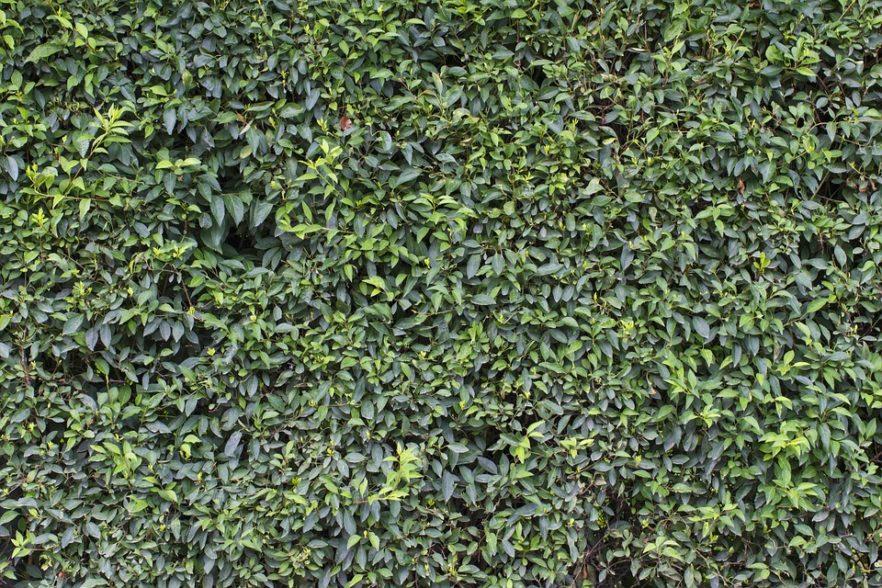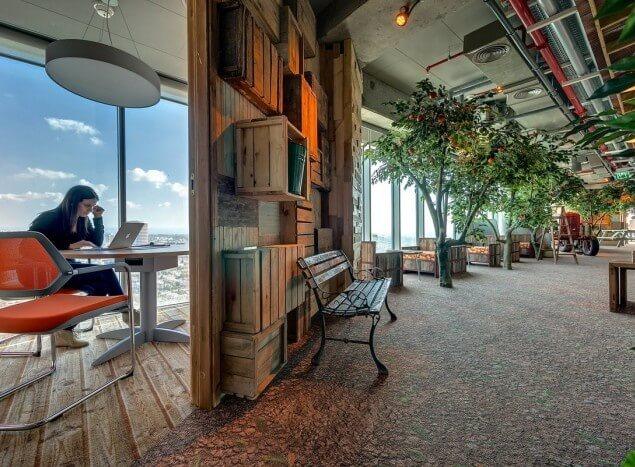You’ve read articles and seen science exhibits about the exciting new technology of green walls. As much as you may want one, you have probably wondered what maintaining one will entail and how much it will cost.
Green walls provide clean air and oxygen. They can also help keep a building quiet because the plants are excellent at blocking out noise. You don’t need a lot of space for a vertical garden and in addition to being beautiful, you can also grow vegetables on them.
A green wall can increase a structure’s property value quite a bit and reduce energy cost by 50%, so it is definitely worth the expense. However, there are still a few facts about living walls that you should know in order to maintain them properly.
Types of Green Walls
A green wall can be installed either on the inside or outside of a home or office building. There are three basic kinds of green walls.
Tray walls
In a tray wall structure, plants are pre-grown and then placed on the wall. Some people use these kinds of systems to create a piece of artwork within the green wall by making a design out of the plants.
Panel Walls
These walls contain panels in which plants are pre-grown. They work well in many different kinds of climates and you can use them inside or outside.
Freestanding Walls
Freestanding walls are popular because you can move them from place to place. You can also change the plants on them in case you should find some of the vegetation too hard to maintain.
Maintaining a Green Wall
The landscaping company that installs your wall should offer you a maintenance plan. They should also offer you a warranty of some kind.
Green walls nourish their plants via a system of pipes. Nutrients seep through sprockets in the pipes. It can take several months before you figure out exactly how often to irrigate the plants and the amount of water and nutrients that they need.
The company you hire to install your vertical garden should be committed to figuring out a time table with you after the green wall is first installed. If you hire a company that knows what it is doing, they should only have to do maintenance once a year after the initial set up.
Watering Your Walls
If your wall is on the outside of your building, you can always get a hose, point, and shoot. This can be messy and it is not really the best way to evenly distribute water.
A drip watering system is a convenient way to water a vertical garden. You can program the system to water the plants on a schedule. You won’t use too much water this way and it is very easy to use.
There are also systems that recirculate water. The wall will be equipped with a small gutter and the water that collects there can be recirculated.
Indoor walls need lots of light and the way the light hits an outside wall should be carefully examined. If the wall is not strategically built, it can cause plants to grow crooked or get too little sunlight.
When you select plants for the wall, make sure to take into consideration how often vegetables will need to be harvested. Vegetables generally need to be replanted every year in any garden, so be sure to ask the company that installs the wall for you about a replanting schedule.
Green walls are increasing in popularity. They make a useful and profitable addition to any home. visit andromedadistrict.com for more information.










